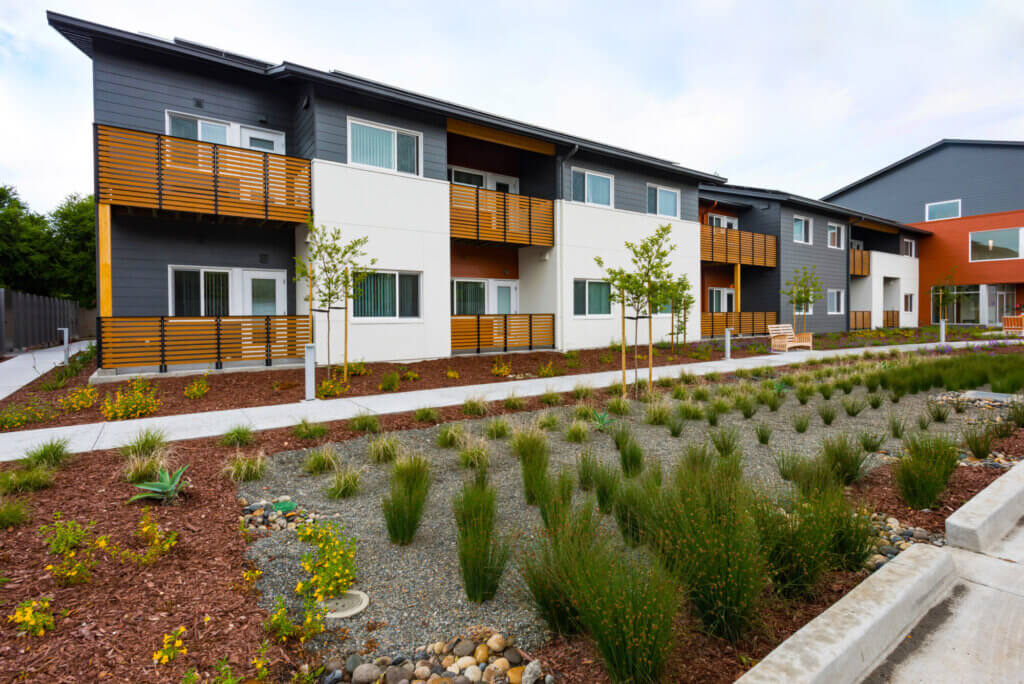Looking to Commercially Zoned Land for Housing in California
Published On December 21, 2020
California’s major metro areas have a significant amount of prime land used for commercial purposes and in many cases local land use restrictions prevent that land from being considered for new housing, a new analysis from the Terner Center for Housing Innovation at UC Berkeley shows.
The report Residential Redevelopment of Commercially Zoned Land in California, identifies the amount of commercial land zoned in California’s major metro areas—Los Angeles, the Bay Area, San Diego, and Sacramento—as well as the characteristics of such land in various communities across California. The report also features maps of the four major metro areas to offer a detailed look at the distribution of different types of commercial parcels.
With many retail establishments and office buildings facing high vacancies in the aftermath of the COVID-19 pandemic, local lawmakers as well as state legislators are seeking to take advantage of underutilized commercial land to meet growing housing needs. The report looks at efforts by the state legislature to enact statewide zoning reform to require cities to allow new homes to be built on commercial property, and at least two new bills—Senate Bill 6 and Assembly Bill 115—have been introduced for the upcoming legislative session that addresses the same topic.
The report finds that commercially zoned land is disproportionately located in small and mid-sized cities, and mostly in areas that do not have high levels of segregation and poverty, signaling that much of this land is ideally sited to provide access to jobs, schools, and other essential amenities.
This report also examines how many of the state’s largest cities currently have zoning that allows for the development of new homes on commercial land. Based on an analysis of the base zoning of the 50 largest cities, about 41 percent of commercial land use designations do not allow for residential development. Yet of the commercial zones that do allow residential development, many require prospective developers to undergo a potentially lengthy and uncertain environmental review and discretionary process by local zoning and planning boards.
This report offers a handful of recommendations for policymakers to unlock this potential land for housing. A ministerial statewide approval mechanism would give developers a baseline level of certainty as to their ability to develop housing on all commercial properties statewide. Additionally, making use of a broad definition of “commercial property” would help to capture all parcels suitable for residential property, rather than limiting these requirements to any one specific zoning designation.
A future report will investigate how much housing could be built if changes to statewide policy allowing residential development on commercial property were enacted.
Read the full report here.





